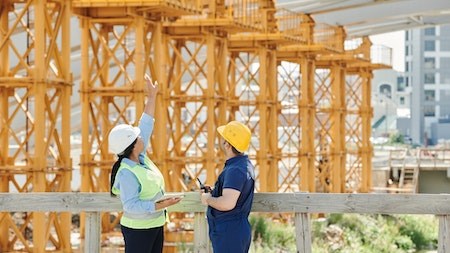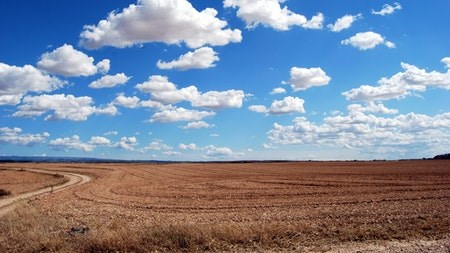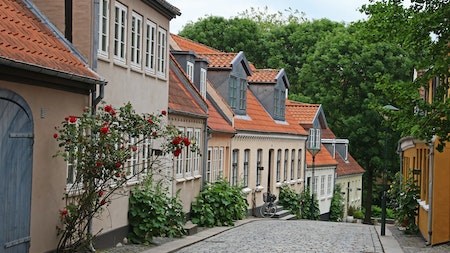Hanife Ymer, head of sustainability at JLL (Middle East and Africa) joined the Tétris Design and Build South Africa team at the Green Building Council of South Africa’s (GBCSA) annual green building convention in Cape Town in November 2021 to give a talk on 'How sustainability is the now - not the later’.
JLL is the brand name - and a registered trademark - of Jones Lang LaSalle, a leading professional services firm that specialises in real estate and investment management. Across the Middle East and Africa (MEA) JLL specialises in the real estate and hospitality services markets. The firm has worked in 35 countries across the region and employs over 1 050 internationally qualified professionals across its offices in Dubai, Abu Dhabi, Riyadh, Jeddah, Al Khobar, Cairo, Casablanca and Johannesburg.
COP26
Ymer said that the 2021 United Nations Climate Change Conference (COP26) held in Glasgow had negotiators thinking about how to rein in catastrophic levels of global warming.
“Despite the Paris Agreement being adopted at COP21 in 2015 - which set a goal of limiting global warming to 1.5 degrees celsius - on the present trajectory, the UN is predicting a rise of 2.7 degrees above pre-industrial levels before the end of the century. This will have huge detrimental impact,” she said.
However, she believes the situation is not all bad as there is lots to celebrate since Paris:
- 40% of global financial assets have committed to financing $130 trillion of climate change solutions driven by Glasgow Financial Alliance for Net Zero.
- $100 trillion in financial assets and 300 companies are committed to net zero emissions by 2050.
- Central banks are implementing climate stress testing. This will require lenders to report on a common set of climate risk metrics, including the volume of greenhouse gas emissions they finance.
- There are more mandatory requirements around the built environment and how cities are designed.
- Legislation is increasing around organisational reporting on the environment and sustainability, Social and Corporate Governance (ESGs).
Small steps
“There is still a way to go, though, so what now? How can we implement sustainability into our lives as individuals and organisations?
“The key is to realise that we don’t need to make massive changes - just taking small steps can contribute to decreasing our collective carbon footprint. There is no longer a need to choose between becoming sustainable and the financial costs of doing so,” said Ymer.
Retrofitting legacy buildings to improve their efficiency and emit less carbon is one of the solutions being looked at globally. This is a critical step towards a net-zero carbon future as old buildings are responsible for a large portion of the world's energy consumption.
“By repurposing existing buildings and incorporating sustainable office fit-outs, we can make them work harder and more cost-effectively. The Share Action group in London, a non-profit that aims to improve corporate behaviour, claims that for every existing building, 5% of the stock will need to be retrofitted annually to ensure net zero operational and embodied carbon by 2050.
“This is no small feat, but it is possible, and investors are in the ideal position to ensure this transition,” said Ymer.
Sharing
However, sustainability in the built environment is about so much more than addressing climate change and going green. It encompasses social responsibility, employee wellbeing, and diverse hiring policies. Today's companies are focusing more on incorporating these ESG principles into their company culture.
“In future, we hope there will be much more collaboration. We can’t do this on our own, as the solutions are multi-dimensional. There needs to be sharing of knowledge, intellectual property, technology and ideas.
“I'd like to see the traditional become untraditional - to see everything turned on its head. Already, buildings are morphing into vertical farms in cities across the globe, and we need more of this.
“I think human beings have an innate ability in dire moments to respond in innovative and effective ways. I love what David Attenborough said in his speech at COP26: “Is this how our story is due to end – a tale of the smartest species doomed by that all too human characteristic of failing to see the bigger picture in pursuit of short-term goals?”
Ymer concluded by saying: “I don’t believe so. I think we are at the point where we can call this our ‘break out year’ for sustainability.”





